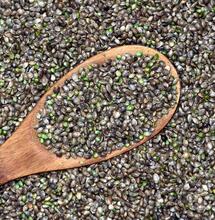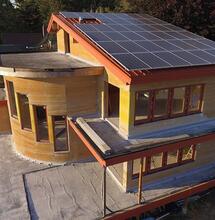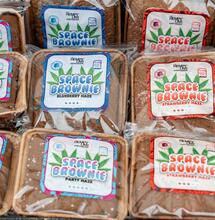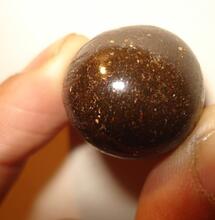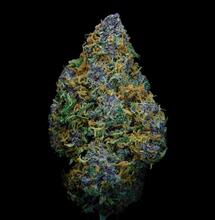Hemp Textiles
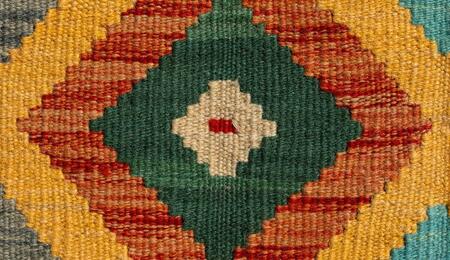
In this age of ever-increasing eco-consciousness, sensitivities and allergies, society is realizing that hemp textiles are the solution. Hemp fabric is now available in countless blends and textures, as well as a rainbow of colors
These days, many folks from children to the elderly are affected by food sensitivities, allergies and the like. While food allergies such as nuts or eggs are common, some people are even allergic to certain everyday products, such as clothing. Hemp fibers provide a natural, eco-friendly and extremely comfortable alternative to the more commercially-available fabrics, such as cotton, polyester or wool.
Hemp clothing has existed for centuries, although in the past few decades, the styles have become more wearable and fashionable. Some people still think of hemp clothing as something that only hippies wear, with straw-colored, roughly-textured garments coming to mind. However, some commercial clothing labels and department stores have produced hemp products for many years, even if they do not promote such items as special or unusual - the idea being for hemp clothing to once again return to the mainstream.
An wide variety of colors and textures is now available, in addition to fabric blends: hemp and silk, hemp mixed with organic cotton, hemp plus bamboo fibers, etc. Depending upon which brand you choose, such items do tend to cost more than synthetic fabrics, but the benefits of buying hemp far outweigh the bit of extra cash that must be parted with in order to access them.
Hemp Textiles - Natural Fabric, Natural Processes:
Those who may be allergic to certain textiles or people with a sensitivity to synthetic fibers should definitely give hemp clothing a try, as it provides a natural fabric in an array of textures. Some people may be allergic to, for example, wool clothing, whereas most textiles can be reproduced from hemp fibers. It is very unusual to hear about anyone being allergic to hemp clothing, which insulates in the winter and keeps the wearer cool in the summer, due to its ability to 'breathe'.
The fabric is not the only problem for those with allergies; sometimes, consumers are allergic to the conditioning treatment or dyes that are implemented upon various common fabrics. Although hemp plants have a lower lignin content than many other fiber plants, unprocessed hemp fibers typically had to be treated with acid to break the lignin bonds, in order to make the cloth usable or wearable. Unfortunately, such acids weakened the fibers to the point of making them unusable. Back in the 1980s, a process was developed wherein enzymes were employed in place of acids, resulting in stronger, higher-quality hemp fibers that could be woven into countless types of fabric.
Nowadays, there are even more alternative methods that have improved the texture, wear-ability and ease of processing this natural textile. It is now possible to purchase myriad hemp fabric products, including home furnishings such as sofas, carpeting, bedding and shower curtains, plus clothing and accessories along the lines of shoes, handbags, coats or jackets, jeans, dresses, shirts, hats and more. Hemp is highly absorbent, which means that it holds dye extremely well, and it is often colored with vegetable dyes in order to maintain its natural and eco-friendly appeal, as veggie dyes offer a more earthy and gentler alternative to chemical coloring agents. This in turn reduces the amount of potentially offending aspects of the clothes-making process.
Bleaching is also less of a concern, as many hemp fabrics are only half-bleached, often using non-chlorine products to do so, whereas cotton processing utilizes the majority of the bleach that is industrially employed in the United States.
Why Hemp Clothing Is Good for the Environment:
Hemp is one crop that actually improves the soil in which it is grown. Farmers who are growing on land that has been constantly tilled for many generations will attest to the plant's beneficial aspects when used in crop rotation - hemp plants aerate the soil and improve its fecundity. In addition, in good conditions, the roots from the hemp plants may penetrate several feet into the soil, helping to prevent erosion, mud slides and dust storms by anchoring the topsoil in place.
The environmental benefits of cultivating the plant are increased by its abundant yield. As the folks at Hemptraders.com point out, "Hemp can produce 250 percent more fiber than cotton and 600 percent more fiber than flax, using the same amount of land." Hemp fibers botanically resemble flax fibers, from which linen is made; hemp linen is just one of many different textures achievable. Hemp can reach around fifteen feet high, meaning that the fibers are long-length - perfect for textile manufacturing - whereas cotton fibers are very short (millimeters in length) and require much more processing before being turned into fabric.
In addition, hemp crops can be - and often are - grown with little to no pesticides, due to their hardiness and resistance to pests and blights; hemp plants are also very mold-resistant, which is why the fiber is responsible for centuries of successful shipping and sailing.
Hemp Fabric: Lower Carbon Footprint?
One thing that should be kept in mind is that, since many people purchase hemp in place of synthetics or cotton in order to be kinder to the environment, your carbon footprint should also be a concern. While it is more responsible to buy natural textiles that are eco-consciously farmed and produced, sometimes name-brand labels have simply outsourced the fabric from Chinese wholesalers - which, if you live in North America, for example, means that you are canceling out any positive benefits of purchasing natural fabrics by taking part in a transaction that requires shipping from the other side of the world. This sort of negates the good sides by creating an unnecessarily large carbon footprint.

.jpg)


